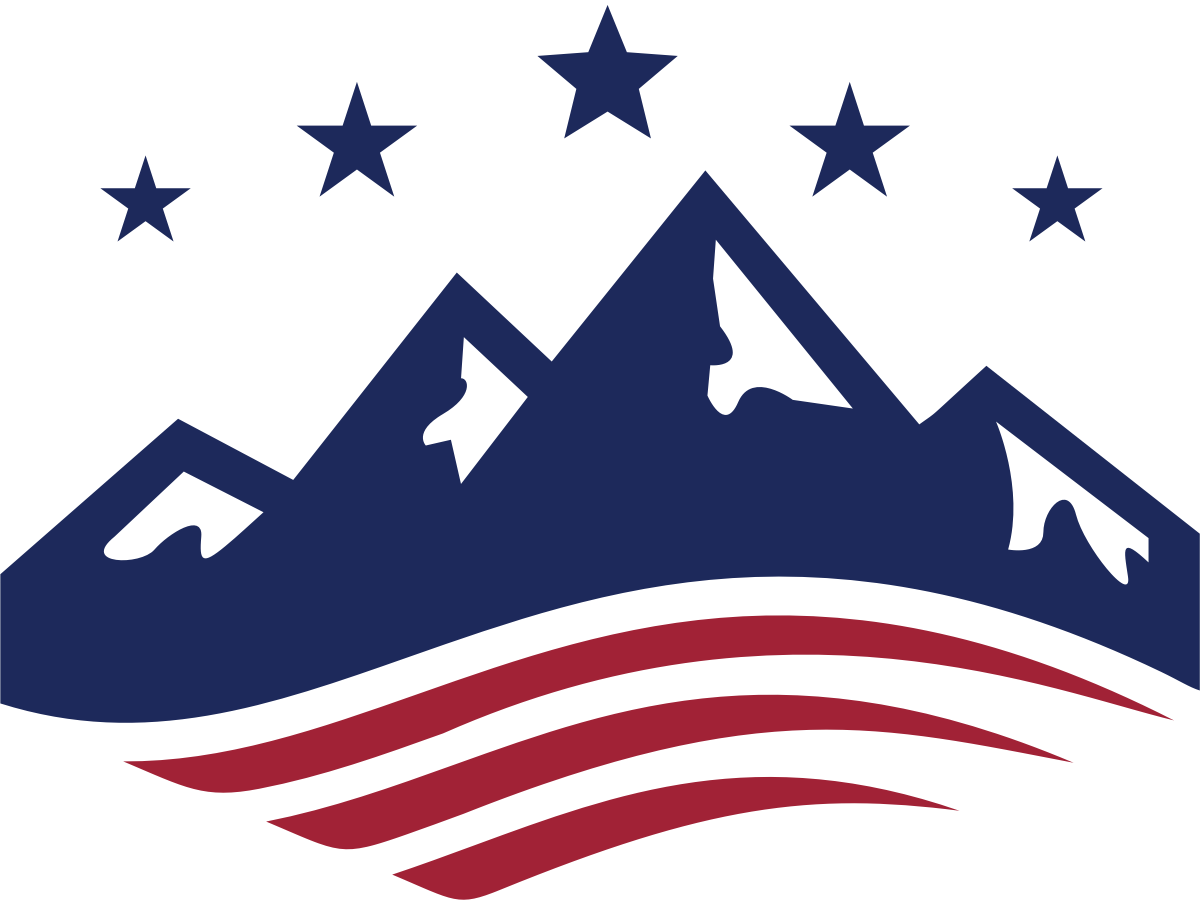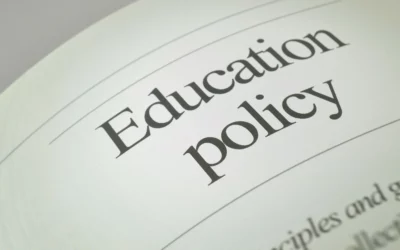
Written by Christine Cooke Fairbanks
January 17, 2024

Signs of momentum toward a new education landscape are continuing into 2024. As the Utah Fits All Scholarship (UFAS) application date gets closer (Feb. 28), more parents than ever might be thinking about private education options, like tuition for a private school or resources to create a microschool.
With new public funds, demand for new options will likely keep rising. The supply of private options will likely flourish as well, perhaps forever altering the education landscape in Utah and the nation.
A look at Utah
According to a newly published survey, 25% of Utah parents said they would like to send their children to a private school if given the option to choose to get the best education for their child. In the survey, 45% of parents said they would choose public schools if given the choice, 11% said they would choose home school, and 11% would choose charter school.
This is noteworthy, considering estimates show that only 3% of Utah parents send their children to private schools (23,003 students in private schools). Most likely, the gap between what parents want and what they are currently choosing is a symptom of what has been available so far – both in terms of funding and providers.
With the UFAS program soon to offer $8,000 per student to about 5,000 students later this year, enrollment may shift more toward parents’ ideal. And with more families interested in private options, we might expect more private schools to pop up over time – especially if funding for UFAS increases.
In fact, according to estimates, private schools in Utah grew from more than 160 schools to 186 schools during the 2023-24 school year. It appears that the supply of private schools is increasing already.
Specific private schools
Likewise, specific private schools are adjusting to a new landscape. In only its second year, enrollment has nearly doubled at the downtown Salt Lake City campus for American Heritage, a private school that emphasizes teachings from The Church of Jesus Christ of Latter-day Saints (though not affiliated with the church).
One private school in Utah – Rowland Hall, the oldest in the state – is adapting. By combining campuses and updating its facilities by 2026, it is seeking to meet current needs of students with more hands-on learning opportunities.
Microschools in the state
Microschools are an adaptation to meet the needs of families as well. Microschools are small, multi-age groups of students who are learning outside the traditional public school, often in home or independent spaces. Sometimes seen more like a homeschool co-op or sometimes more like a small private school, the option is flourishing precisely because of its mixture of features. In response, legislation has been introduced in Utah for a couple years now to give definitions for cities to use in anticipation of their growth across the state.
News coverage of Utah’s “emerging education ecosystem” likewise highlights the growth of microschools in the state, including Acton Academy schools, Montessori schools, and other unique microschools, some with waiting lists.
Across the nation
Data at the national level show some similarities and differences. Last year, early survey data suggested that private school enrollment might be increasing. Now, newly released data from National Center for Education Statistics and Private School Universe Survey show that between the 2019-20 and 2021-22 school years, overall private school enrollment stayed at about 4.7 million students.
However, during that same period, private school enrollment at the national level had notable increases in young grades, specifically K-4. Public schools in Utah saw the exact opposite trend; the largest declines in enrollment were in elementary school grades.
Perhaps this signals that parents of children earlier in their education are more open to trying new options, while older students might be inclined to stick with what they are already using. Furthermore, this may signal that newer generations will make more private education choices and/or choices outside the public school system.
Interestingly, the data also showed that between that time frame the number of actual private schools nationally decreased. However, this could vary at the state level, especially those that are actively pursuing education choice policies.
As mentioned, estimates show that the number of private providers in Utah is growing. Similarly, reports of growing private options due to education choice programs in other states, like Arizona, are making the news too. Arizona has the longest standing education savings account program in the nation, and it was recently expanded to be universally available in 2022. In short, states with choice scholarships may ultimately incentivize private providers and entrepreneurs to come to their state. Policymakers ought to make sure their choice legislation and implementation is as friendly as possible to newcomers in the private provider space, so the state programs live up to their objectives.
Conclusion
Utah has long offered options for parents who wanted alternatives for their children’s education, but it’s picking up speed with growing momentum since the COVID-19 pandemic and its recent education choice legislation. There is reason to anticipate that enrollment in private schools or microschools will grow with time as families find the ability to pursue more parent-driven education.
Megan Myres McMillan contributed to the research for this post.

Insights: analysis, research, and informed commentary from Sutherland experts. For elected officials and public policy professionals.

- Recent data shows that 25% of Utah parents want to send their children to private schools if given the choice between private, public, charter or home school, but only 3% of parents currently do so.
- Estimates suggest that the number of private schools in the state is growing.
- Nationally, there has been an increase in private school enrollment in younger grades (K-4), perhaps signaling that parents of children early in their education are more willing to try new things.
Read More
Education policy to consider during the 2024 election season
Here’s a look at what each presidential candidate is likely to focus on in education, given their track records and campaign platforms.
Ignoring the text of the Constitution is a mistake
A written Constitution is entirely superfluous if the document is simply meant to give the people what they want.
What you need to know about election integrity
It should be easy to vote and hard to cheat. This oft-quoted phrase has been articulated as a guiding principle by many elected officials wading into voting and election policy debates in recent years. So why has this issue been so contentious, and what’s the solution?


